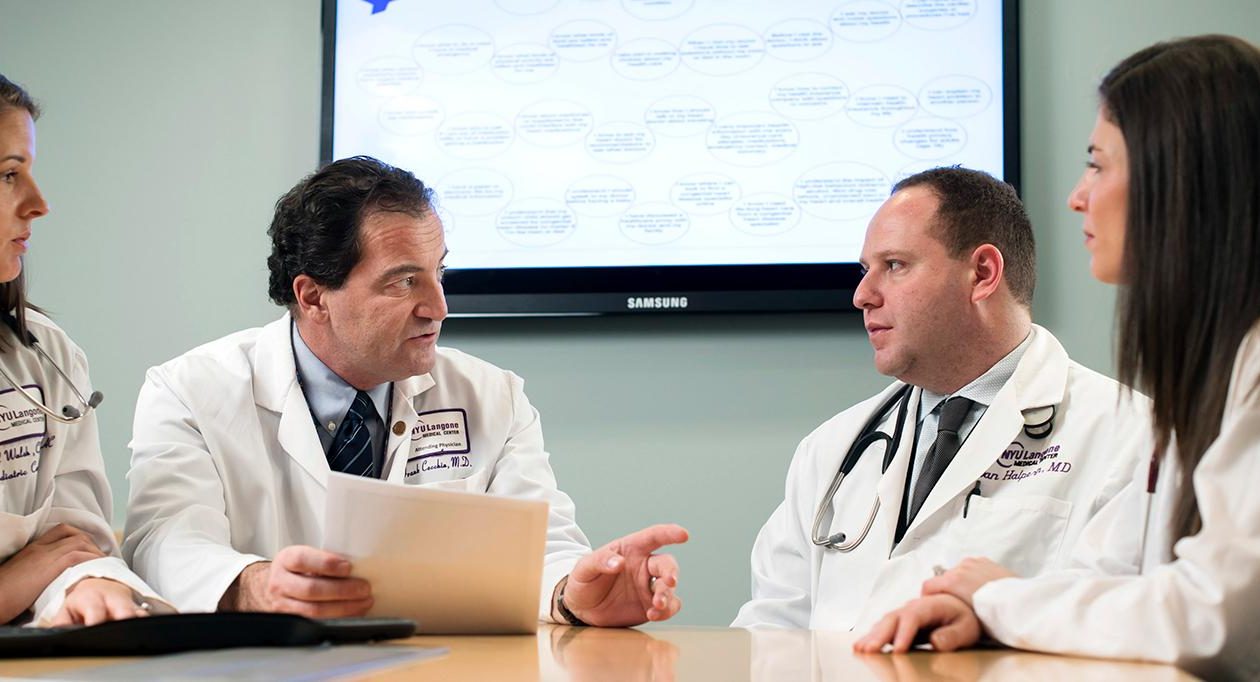Whether you have a family history of Congenital Heart Disease or not, it’s essential to know about the symptoms and how they affect your child. Some of the symptoms include shortness of breath and rapid pulse. It’s also important to know about treatment options. Imaging tests can be performed, and pulse oximeters can detect heart failure.
Table of Contents
Atrial Septal Defect
Approximately 1 in every 1,859 babies born in the United States each year is born with an atrial septal defect. Although this condition is not known to cause immediate symptoms, it can lead to problems later in life, such as heart failure. Many people raise their concerns about those who have congenital heart disease, they even create pages like Conquering CHD which help create visibility and empower all impacted by CHD.
A healthcare provider can diagnose an atrial septal defect by detecting a murmur with a stethoscope. The heart starts as a hollow tube in utero. The heart partitions into septa during the first eight weeks of fetal development. The upper chambers are the atria, while the lower sections are the ventricles. In the typical heart, the atria receive oxygen-rich blood from the lungs, and the ventricles pump blood through the aorta to the rest of the body.
An atrial septal defect is a hole in the wall of the atrium that separates the upper and lower chambers. These holes can be small or large. Depending on their size, they can cause several problems, including increased lung pressure. If left untreated, these holes can cause permanent lung damage.
Pulse Oximeters
A pulse oximeter for congenital heart disease can detect critical congenital heart defects in babies. The pulse oximeter measures the percentage of hemoglobin in a baby’s blood that is saturated with oxygen.
Pulse oximetry screening is a non-invasive, painless procedure performed on infants before they leave the nursery. The goal of screening is to find newborns with critical congenital heart disease before they have any symptoms. It can also be used to see babies with low blood oxygen levels.
In this study, pulse oximeters were compared to newborns’ detection rate of duct-dependent heart disease. This is the most common form of congenital disability, occurring in between 10 and 25% of infants. Compared to physical examination alone, the detection rate of duct-dependent heart disease was higher with pulse oximetry.
The study included five maternity units in the West Gotaland region. During the study period, there were 100 babies with duct-dependent heart disease. It is difficult to determine how many of the cases were missed.
Imaging Tests
Using the correct imaging tests is critical to catheterization and cardiac surgery success. These tests are used to guide catheters to the heart and evaluate blood flow to the heart. They can also be used to diagnose and treat heart disease. Some may only require occasional follow-up exams, while others require ongoing medical care.
The standard of care is based on the severity of congenital heart disease. For some patients, follow-up care may include regular health checkups and imaging exams. In contrast, for others, medications may be used to treat mild congenital heart disease and control irregular heartbeats. Some heart defects are minor and may not require repair during childhood. In these cases, medications may be used to prevent blood clots and control irregular heartbeats.
The heart is the most complex working organ in the body. It beats around three billion times in a lifetime. The average person’s heart beats once every second.
Treatment Options
Medications, surgery, and other treatments can help reduce the symptoms and complications of congenital heart disease. These treatments can also help improve the quality of life for people with the disease. Some of these treatments are minimally invasive.
Some medications can help control your heart rate and blood pressure. You may also need to undergo catheterizations to check your heart’s health. The catheters can help widen your blood vessels, making them easier to pump blood. They can also be used to repair heart valves.
Some people may need to undergo several surgeries. They may also undergo regular heart checkups and visits with a cardiologist.
Other treatments may involve a heart transplant. A heart transplant can repair severe heart defects. There is a waiting list for a heart transplant, so if you are interested, you can contact the National Heart, Lung, and Blood Institute.
Congenital heart defects can be diagnosed in childhood, adulthood, or both. The treatment for each condition will depend on the type of defect.





